SWIR 3.7 m
Short-Wave Infrared Satellite Imagery
Employing valuable sensors in order to see beyond the capabilities of the human eye.
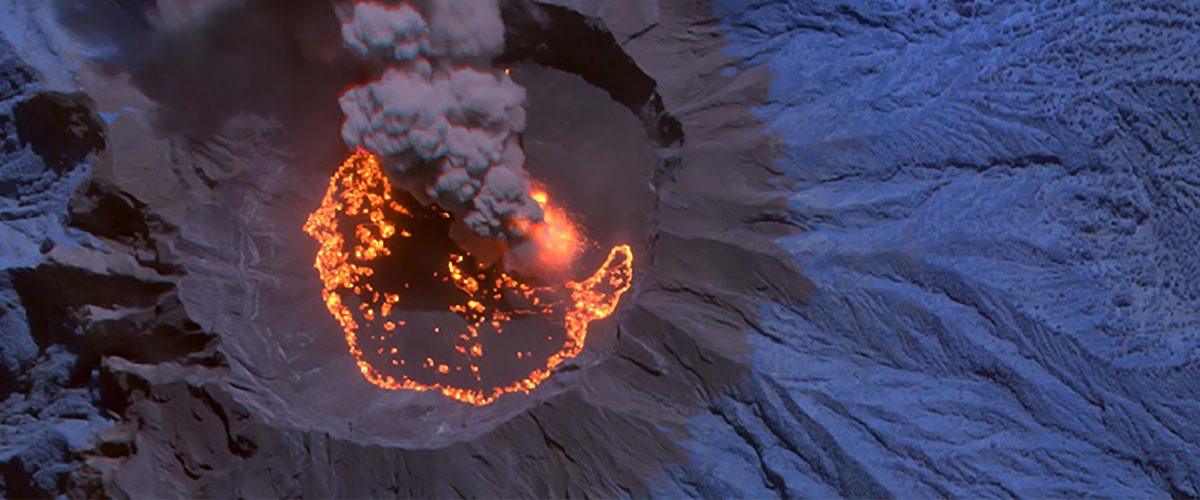
+ 165 unique Wavelength Combinations
DETECT HEAT
Identify hotspots from wildfires, volcanic activity or man-made heat sources
Identify Materials
Locate and classify man-made materials and geologic minerals on Earth’s Surface
SEE THROUGH SMOKE
Penetrate smoke and haze to get a clear view of the ground
Utilising the WorldView-3 satellite, European Space Imaging is able to offer our customers access to information in the short-wave infrared (SWIR) part of the electromagnetic spectrum. WorldView-3 expands deeper into the infrared spectrum than any other commercial imaging satellite, and provides the highest resolution data for precisely identifying and characterizing many objects otherwise not visible to the human eye or via the regular eight multispectral bands.
See how our imagery fits your project
Download imagery, mapping and 3D product samples.
MINING & GEOLOGY
WorldView-3’s spectral bands allow for unique mineral identification and chemical measurements. Energy from light is either transferred to molecules of matter or reflected away from them. Based on the mineral content, different materials absorb specific wavelengths of light and reflect others. Electromagnetic absorptions in the SWIR wavelengths can be used for detecting materials containing anion groups such as Al-OH, Mg-OH, Fe-OH, Si-OH, carbonates, ammonium, and sulfates – many of which are indicator minerals in the mining industry.
Exposed outcrops are manifestations of potential mineral ores or sub-surface deposits. While the geology and mining industries spend millions of dollars to identify potential mining sites during their exploration phase, WorldView-3 SWIR data can cut costs and increase efficiency by narrowing the potential area before field verification is planned.
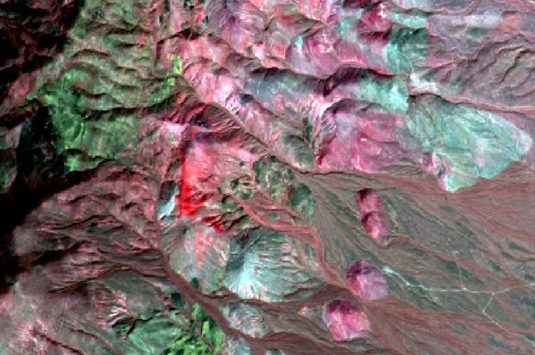
MATERIALS IDENTIFICATION
Many industries need to understand and identify different material types that may be present to meet their specific requirements. Each industry has differing needs and uses for the application of SWIR. An insurance company may need to know roof types, while local governments may be more concerned with land cover types for tax assessment.
With the SWIR bands on WorldView-3, accurate information not previously available can be gathered from satellite data to provide detailed information on or about the materials present. Materials that may look similar to the naked eye can be distiguished with SWIR.
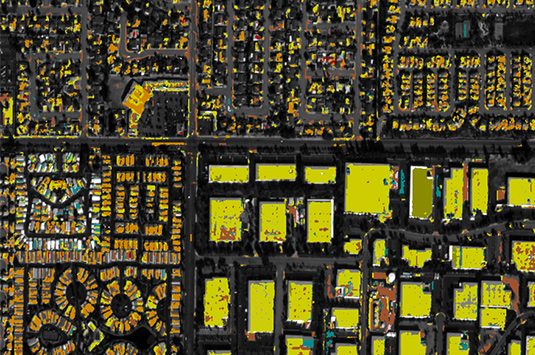
WILDFIRE RESPONSE
Whether called a forest fire , bush fire, or wildfire, uncontrolled fires have a devastating impact on communities and natural resources. Wildfires can cover extensive areas, move at incredible speeds, and change direction without notice. Fast and effective detection is key to protecting infrastructure and ensuring communities’ safety.
A critical factor in being able to respond to wildfires, is to have information about the location and severity in a timely manner. With the agility and spectral depth of WorldView-3, getting this information has never been easier. The unique SWIR bands not only penetrate smoke, allowing for a clear view of the ground, but they also pinpoint sites of active burning so that response efforts can be directed most efficiently.
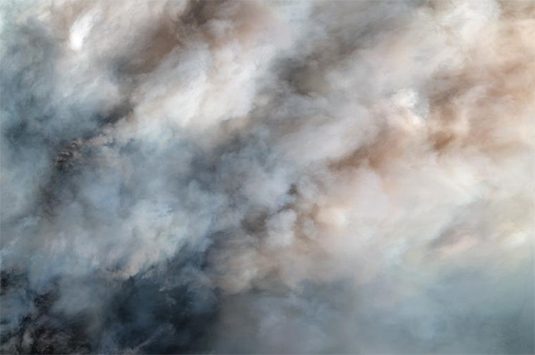
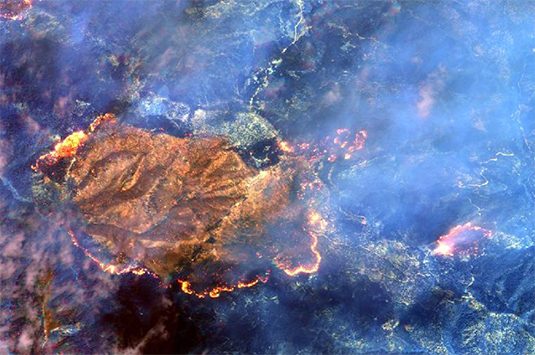
FOOD SECURITY
Factors such as crop health and stress caused by problems due to nutrient deficiency, moisture stress, and pests can be assessed and managed quickly to avoid future issues. Furthermore, with SWIR data you can go one step further and take preventive action by assessing the soil mineral content and ensuring its compatibility with the intended crop to be planted.
WorldView-3 data is uniquely designed to observe and map these phenomena. Crop stresses change the green chlorophyll content of the leaves and replace them with carotenoids that have yellow and red colors visible wavelengths. In addition, SWIR bands are used to assess crop moisture, as another health indicator. Observing soil types and conditions before, during and after a crop season is important for managing crop health. WorldView-3 offers a window into underlying soil conditions and how such conditions might affect vegetation.
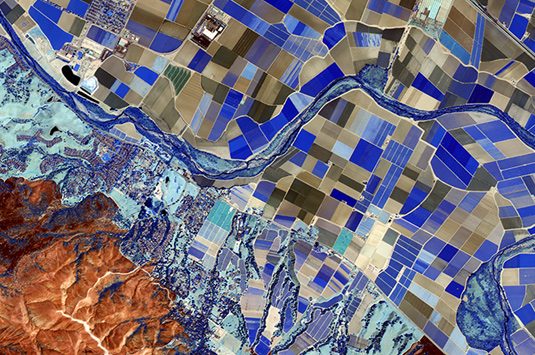
One of the agricultural community’s best management practices relates to how much post-harvest crop residue is left on a field. Crop residue preserves soil moisture and prevents soil erosion during rainy months. SWIR spectral bands can be used to map and quantify how much crop residue is left behind, predicting the soil quality for future crops.





